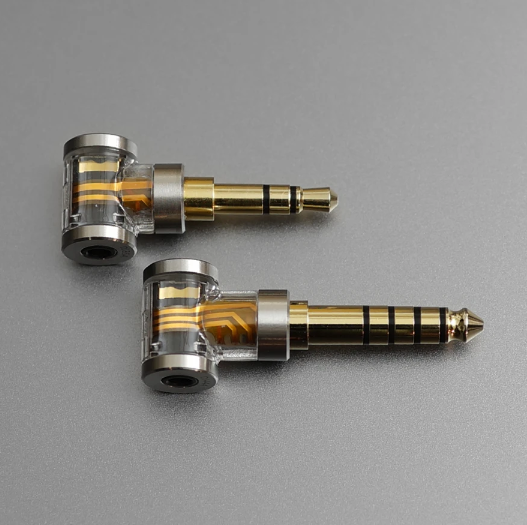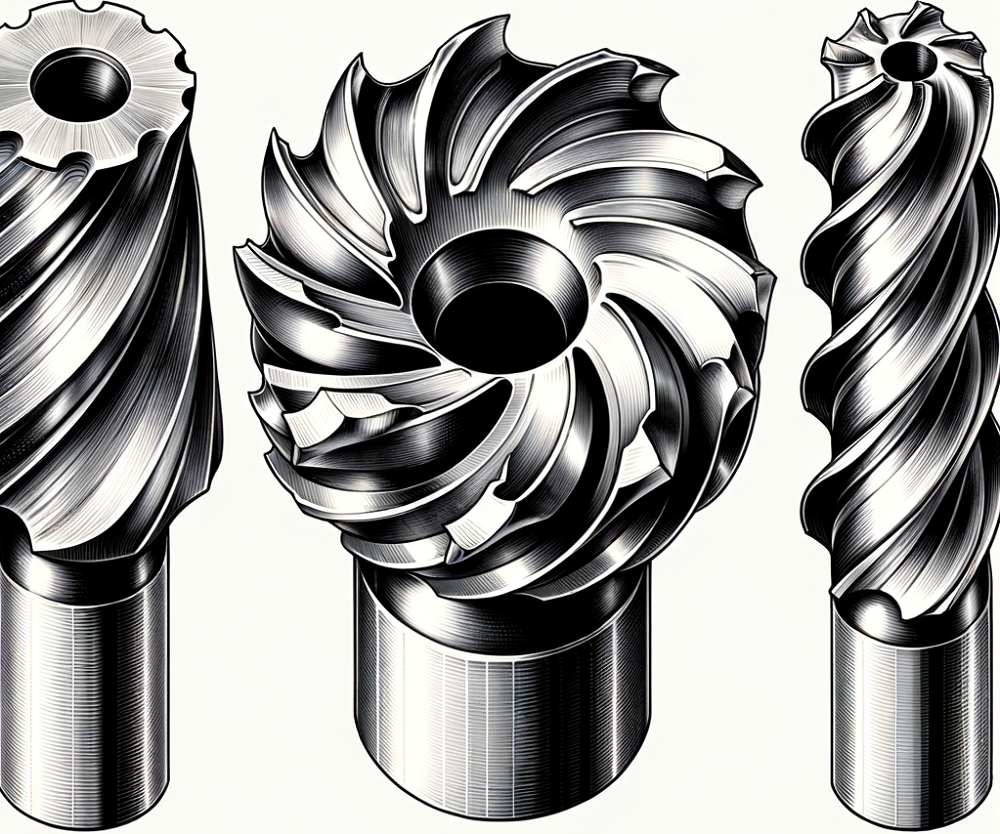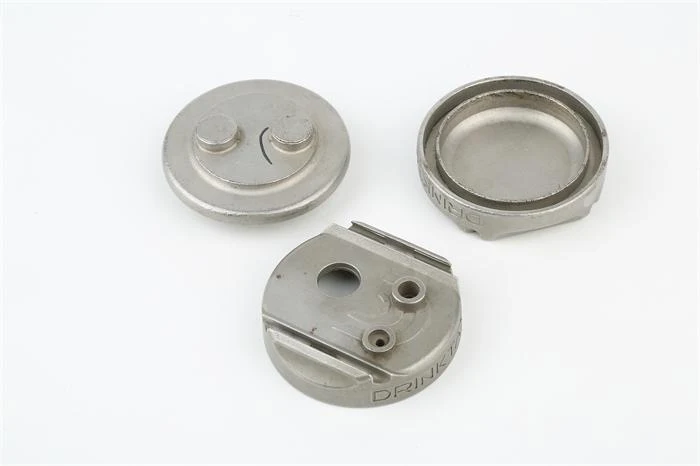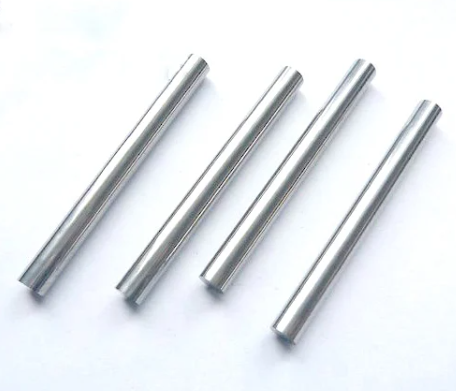In today’s digital age, smartphones extend far beyond their basic functions, thanks to various accessories that enhance user experiences. Among these are headphone jack adapters and DAC (Digital-to-Analog Converter) dongles, essential for audiophiles and casual users alike. CNC (Computer Numerical Control) technology has revolutionized the production of these peripherals, making them more precise and durable. Let’s explore the latest trends in phone jack conversion interfaces and introduce the best headphone jack adapters and DAC dongles, focusing on ddHiFi adapters. We will examine the materials and processing methods that make these adapters stand out, ensuring top-notch performance and reliability.
Best Shell (Enclosure) Materials for Headphone Jack Adapters
When selecting materials for the shell of a headphone jack adapter, several factors should be considered, including durability, weight, signal interference, aesthetic appeal, and cost. Here are some of the best materials commonly used:
1. Aluminum Alloy
At the heart of ddHiFi’s adapter design lies the one-piece aluminum alloy shell, expertly crafted using CNC machining. This advanced manufacturing technique ensures unparalleled precision and seamless integration of the shell components, resulting in a remarkably sturdy and flawless enclosure. The choice of aluminum alloy is strategic, offering a perfect balance of strength, lightweight construction, and effective shielding against electromagnetic interference (EMI). Unlike traditional multi-piece designs that are prone to gaps and potential signal leakage, the CNC-machined one-piece shell from ddHiFi provides complete shielding, ensuring stable data and audio signal transmission. Moreover, the aluminum alloy shell is inherently resistant to corrosion, ensuring long-lasting durability even with frequent use and exposure to various environmental conditions. This resilience, combined with the sleek aesthetic appeal of the black and blue color scheme, makes ddHiFi adapters a stylish and functional choice for discerning audiophiles.
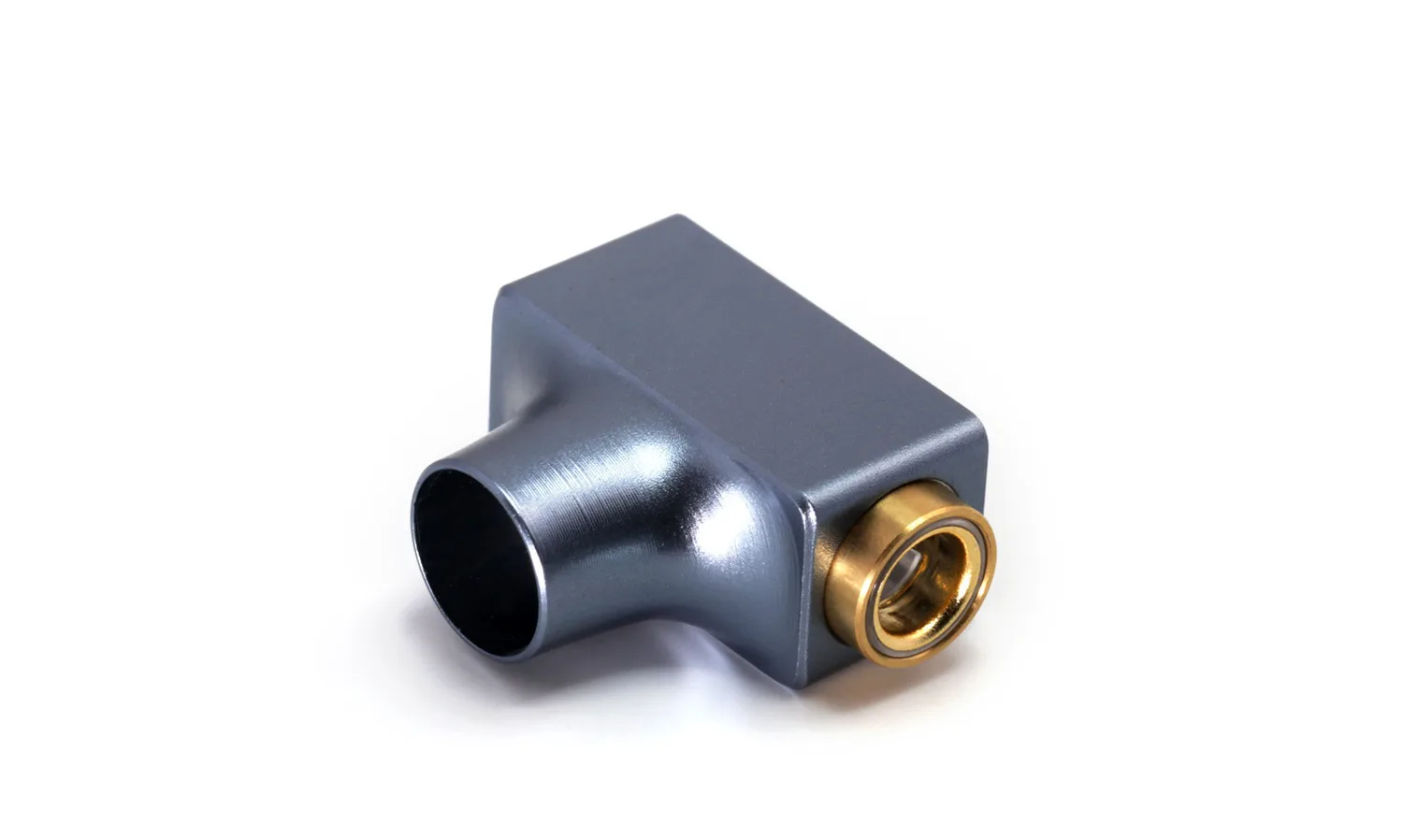
2. Stainless Steel
Stainless steel is an excellent material for the shell of a headphone jack adapter due to its exceptional durability, corrosion resistance, and aesthetic appeal. Its strength ensures the adapter can withstand physical impacts and wear, while its resistance to oxidation and chemicals prolongs its lifespan. Although heavier than some alternatives, stainless steel provides a premium look and feel, making it a preferred choice for those seeking a robust and visually appealing adapter. Additionally, its machinability allows for precise and consistent manufacturing, ensuring high-quality production standards.
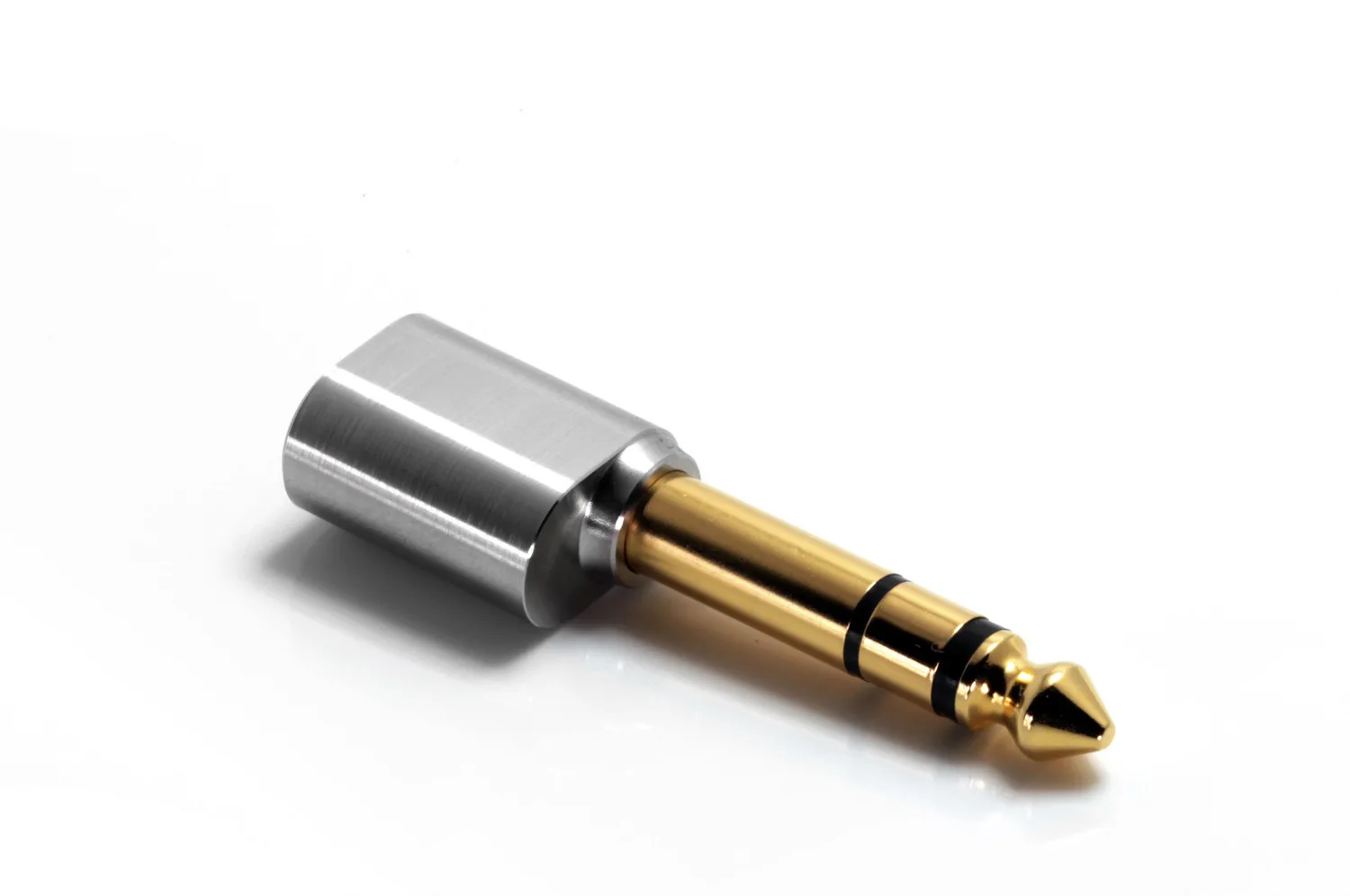
3. Brass
Brass offers good durability and excellent shielding against EMI. It also provides a premium feel, but it is heavier and potentially more expensive than aluminum.
4. Plastic (ABS or Polycarbonate)
Plastic is very lightweight, cost-effective, and available in a variety of colors and finishes. Plastics can also be easily molded into complex shapes. However, they are less durable and can be prone to cracking or breaking under stress.
5. Zinc Alloy
Zinc alloy offers a good balance between durability and weight, providing effective EMI shielding and a premium feel. However, it is heavier than aluminum and can be more expensive than plastic.
Best Plug Materials for Headphone Audio Jack Adapters
Moving on to the most important component that interfaces with audio devices, plugs are meticulously crafted using only the finest materials:
1. High-Purity Copper
High-purity copper is the material of choice, renowned for its excellent electrical conductivity and minimal signal loss. This attention to material quality ensures that the audio signal remains pristine and uncompromised as it travels through the adapter. To further enhance durability and longevity, ddHiFi’s plugs are thickly electroplated with 24K gold. This gold plating not only enhances conductivity but also acts as a barrier against oxidation and corrosion, ensuring reliable performance even after countless plugging and unplugging cycles.
2. Gold-Plated Copper
Combining the excellent conductivity of copper with the corrosion resistance of gold, gold-plated copper prevents oxidation and maintains a reliable connection.
3. Silver-Plated Copper
Silver has even better conductivity than gold, and silver plating over copper ensures high audio fidelity. It can be a cost-effective alternative to gold, though silver tarnishes over time, which can impact performance if not maintained.
Best Materials for Other Parts of Headphone Jack Adapters
When considering the best materials for other components of a headphone jack adapter, it’s important to focus on factors such as electrical performance, durability, and overall reliability. Here are some key components and suitable materials for each:
1. Internal Wiring
- Oxygen-Free Copper (OFC): High conductivity and purity, reducing signal loss and improving audio quality.
- Silver-Plated Copper: Offers better conductivity than pure copper and is often used in high-end audio components.
- Tinsel Wire: Used for its flexibility and durability, especially in applications where the wire needs to withstand bending and movement.
2. Connector Pins
- Gold-Plated Copper: Combines excellent conductivity with corrosion resistance. Gold plating ensures a reliable connection over time.
- Silver-Plated Copper: Provides superior conductivity, but silver can tarnish, requiring maintenance.
- Beryllium Copper: Offers good conductivity and is highly durable, often used for spring-loaded pins.
3. Strain Relief
- Thermoplastic Elastomer (TPE): Flexible and durable, providing good strain relief to prevent cable damage.
- Silicone Rubber: Offers excellent flexibility and durability, commonly used in high-quality cables.
- Polyvinyl Chloride (PVC): Cost-effective and provides decent strain relief, though not as durable as TPE or silicone.
4. Insulation
- Polyethylene (PE): Highly effective as an insulator and commonly used in high-quality audio cables.
- Polytetrafluoroethylene (PTFE, Teflon): Excellent insulation properties and heat resistance, often used in premium audio components.
- Polyvinyl Chloride (PVC): Commonly used for its cost-effectiveness and decent insulating properties.
5. Shielding
- Braided Copper: Provides excellent shielding against EMI and is flexible.
- Aluminum Foil: Offers good EMI shielding, often used in combination with braided copper for maximum protection.
- Conductive Polymer: Lightweight and effective for shielding, though typically used in more specialized applications.
The Perfect Balance of Quality, Performance, and Durability
The CNC-integrated aluminum alloy enclosure is sturdy yet lightweight, effectively shielding signal interference and ensuring the stability of data transmission. The aluminum alloy’s lightness is a significant advantage when used in phone connectors. The black and blue color scheme used in ddHiFi adapters also caters to popular tones of the iPhone. The special processing technique enhances the metallic texture of the enclosure. Crafted from lightweight aluminum alloy and through CNC machining, the main body of the enclosure has no seams, providing excellent durability. The compact shell craftsmanship and the CNC front and rear cavities ensure complete shielding once assembled.
The materials chosen for the plugs and jacks of headphone adapters significantly affect their performance. High-purity copper and gold plating are ideal for plugs due to their superior electrical properties and corrosion resistance. For jacks, CNC-machined aluminum alloys offer durability, lightweight, and effective electromagnetic shielding, while engineering plastics provide excellent insulation and impact resistance. In premium products like those from ddHiFi, these material choices are critical to achieving high-fidelity audio transmission, durability, and user satisfaction.


